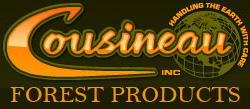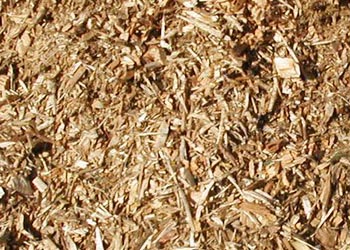Bark Mulch
Dark Mix Mulch: A dark brown almost black color. It is inexpensive, all organic bark mulch that is a mixture of softwood bark and virgin wood.
Brown Mix Mulch: A light to medium brown color. It is inexpensive, all organic bark mulch that is a mixture of softwood bark and virgin wood. It is similar to our Softwood bark but for a reduced price.
Hemlock Mulch: Natural light red in color made of pure hemlock bark from local saw mills. Very fine grind easy to handle and spread due to its light weight.
Colored Bark: We offer two colors Black and Red.
Red Bark: An impressive hemlock substitute! This color enhanced softwood blend bark will keep its natural hemlock color longer and will help repel insects.
Black Bark: A colored enhanced softwood bark and will keep its color longer and repel insects.
Hardwood Pins and Chips: Hardwood chips are raw logging chips made from hardwood logs. This will have branches and leaves and can be unscreened or it can be screened to 2 inch minus for slightly more. The chips are natural white and golden mixed color. This products is good for rough areas bordering wood lines up to grass to make a transition in the yard to forest.
The Pins are 3/8 minus sawdust and shavings screened out from the hardwood chips they are a light golden color and are very fluffy. These are commonly used around chicken coops but are not suitable for large animals. Other uses have been for abutting forest lines or around raised garden beds.
Landscape Chips: These safe, virgin, 3” minus Landscape wood chips are suitable for all your landscape needs. They have a natural, beautiful appearance and will surely improve every landscape.
Certified Playground Chips: This is an engineered wood fiber, Certified by IPEMA for ASTM F1292, ASTM F2075 and Handicap accessible. Great for both Municipal and Residential playgrounds.
General Tips for Applying Mulch
- Do not place mulch directly against plant crowns or tree bases.
- Thoroughly water newly installed bark and mulch. Watering will help keep nuisance fungi away, that could cause a water repellent surface,
- Apply a mulch layer of about 1 to 3 inches under plants.
- Adding a source of nitrogen to the garden before putting mulch down will help prevent the plant from yellowing leaves.
Common Mulch Problems
Artillery Fungus: Tiny, cream or orange-brown fruiting structures. They are cup shaped and contain small black spores. The small black spores get released into the air and will stick to any surface it lands on, can be difficult to remove. Most active during the cool wet springs and falls. Not as active in the summer.
Slime Molds: Are bright yellow or orange slimy masses that can reach up a foot or more in diameter. The mold produces tiny spore that dry out and blow away. These molds are not a serious problem and might even be considered a decorative addition to your garden.
Sour Mulch: if you get mulch that smells like alcohol, vinegar, ammonia or sulfur it has probably gone sour. This happens if a mulch pile is not turned enough and the center gets deprived of oxygen. The mulch then has a buildup of acid which is toxic to plants. You can air out the sour mulch by spreading it in a thin layer, soaking it with water and let it dry out. After a few days the mulch will be safe to place in your gardens.
Delivery and Pick up
We offer delivery to NH, VT, ME, CT and RI. We can delivery as little as one yard up to 65 yards. Please call for a quote on delivery pricing. You can also pick up right at our yard in Henniker, NH. We will load your truck right up.


